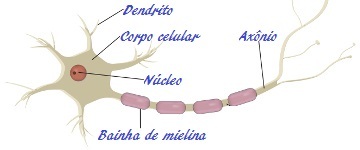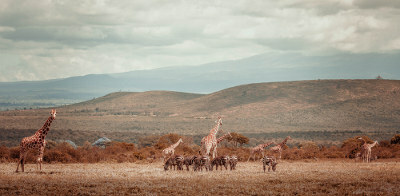You've probably heard of DNA, but do you know what this structure is and what its functions are? In this text, we are going to discuss DNA, a molecule that holds a lot of information.
DNA is responsible for transmitting all genetic information to daughter cells. Mendel was the first to suspect that there were units responsible for transmitting characteristics, however, several works were carried out until DNA was recognized as the bearer of information genetics.
DNA is found primarily on chromosomes inside the cell nucleus, but it is also found in mitochondria and chloroplasts. All of our cells have DNA, which is a mixture of your mother's and your father's DNA.
In criminal investigations, usually DNA analysis is done to identify whether a suspect is guilty or not. This is because biological material of the culprit, such as blood and hair, is often found at crime scenes. Through this material, it is possible to observe the DNA and compare it with that of the suspects. Because DNA is unique to each individual, it's easy to know who's to blame.
DNA, despite having all the characteristics of an individual, is not a very complex structure. It is a type of nucleic acid, just like RNA. Each nucleic acid is made up of a nitrogenous base, a pentose and a phosphate group. This group of molecules forms the so-called nucleotides. There are only five types of nitrogenous bases: adenine (A), cytosine (C), guanine (G), thymine (T) and uracil (U). Thymine only occurs in DNA, while uracil only occurs in RNA. DNA also differs from RNA by its pentose, while DNA has deoxyribose, RNA has ribose.

DNA is made up of phosphate, deoxyribose and nitrogenous bases. Note that each base links only to another specific base.
Today we see in our books the structure of DNA as a double helix, but it's only been 60 years since it was discovered. The discovery of the structure of the DNA molecule was published in 1953 in the journal Nature. This work done by James D. Watson and Francis H. Crick was of great importance to the scientific community. Watson and Crick won the Nobel Prize in Medicine for this contribution.
The DNA molecule, according to Watson and Crick, would be two phosphate and deoxyribose chains joined by nitrogenous bases through hydrogen bonding. This structure is similar to a ladder, with the bases being the steps. It is important to highlight that each base binds to a specific base: adenine binds to thymine and guanine binds to cytosine.



